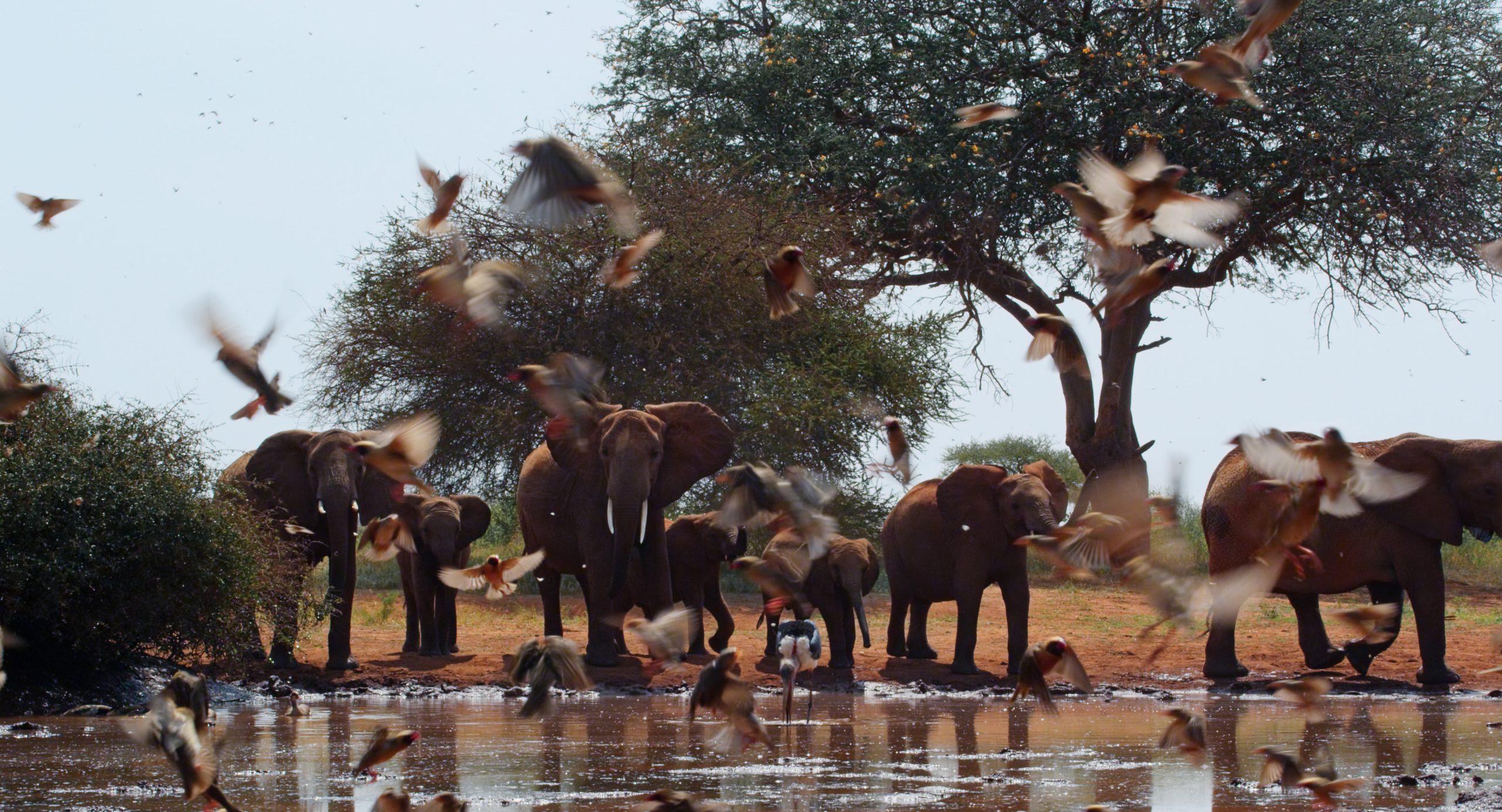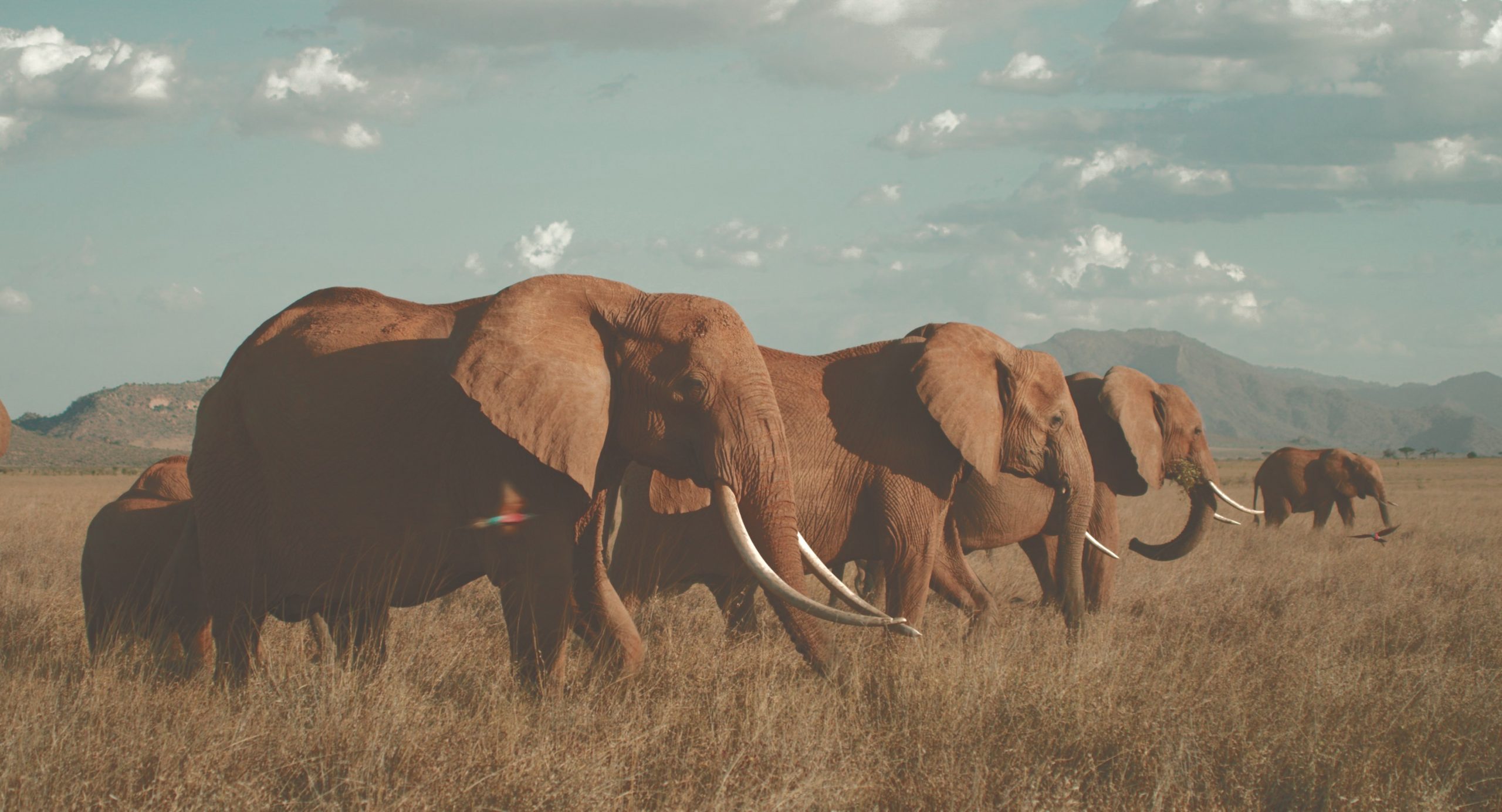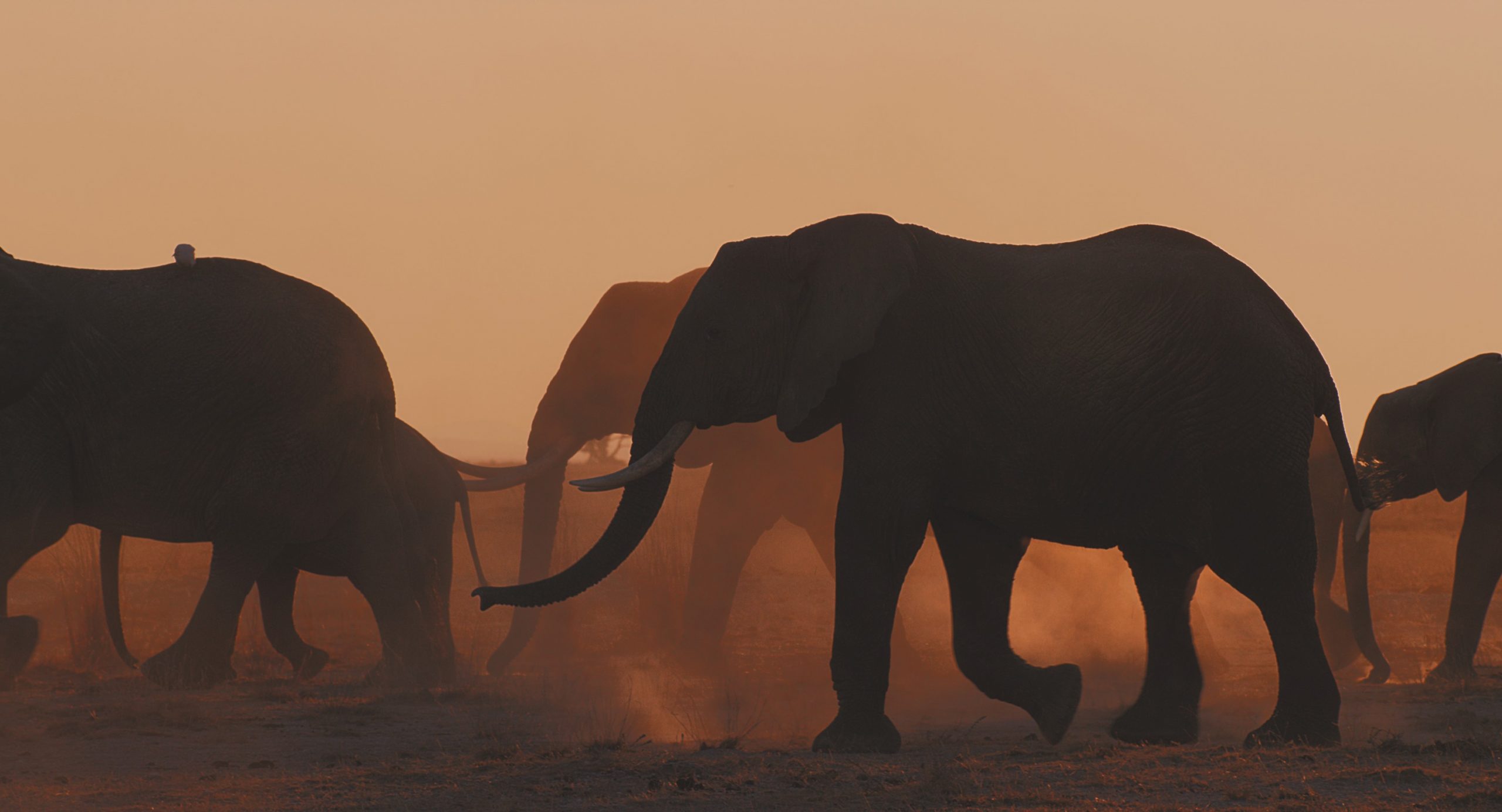Creative
The Elephant Queen team designed the film to immerse viewers into the world of an elephant family, taking them on an emotional journey that is a catalyst for positive action. The story reflects the interconnectivity in the natural world, weaving the lives of elephants with the animals that live at elephant toenail height.
Camera placement at eye level of both elephants and smaller wildlife enables viewers to experience the natural world from different perspectives, and provides a rare intimacy that inspires empathy.
The lighter, humorous scenes strategically provide viewers levity and joy alongside the more poignant and heart-wrenching sequences and made the film more accessible to general audiences of all ages.


